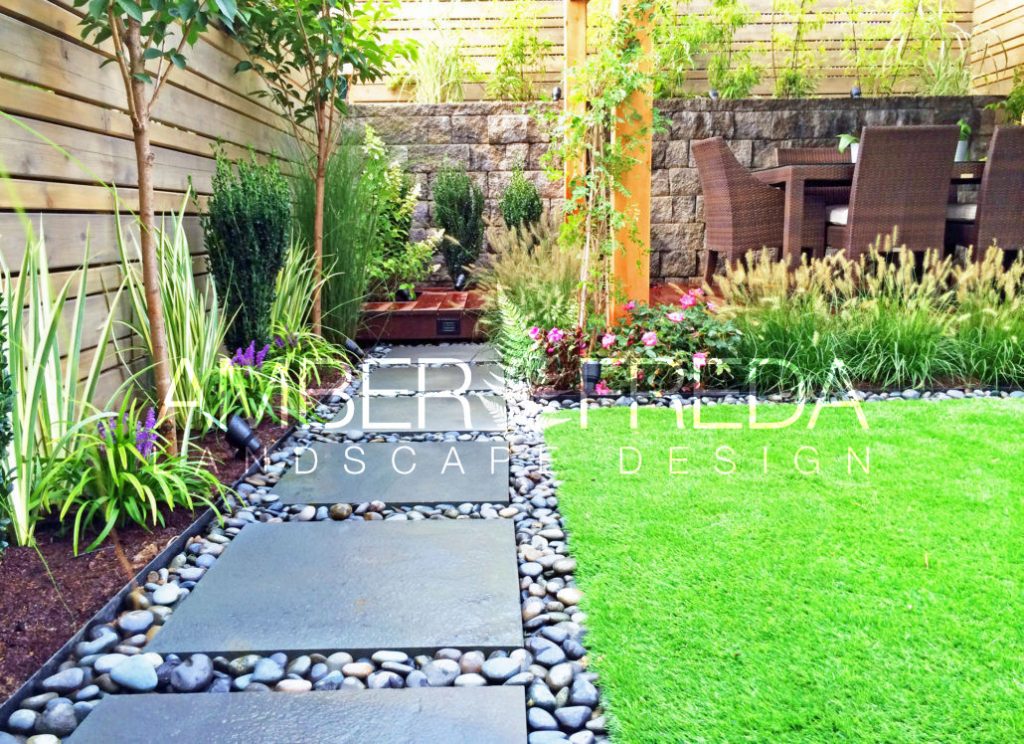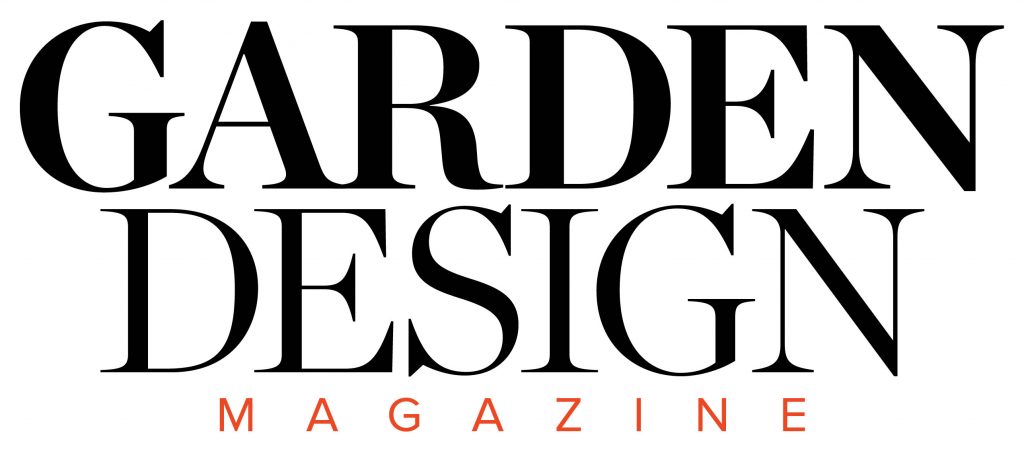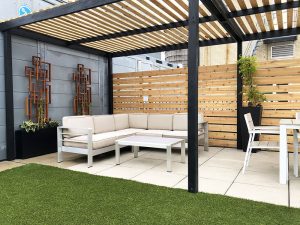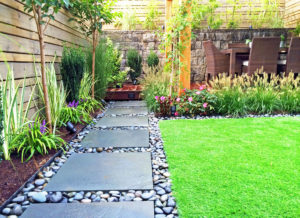
Small backyards may not offer as much space for entertaining, but fortunately, there’s plenty to be done to make your backyard space appear larger and take advantage of what you have. Below are eight ways you can make your “mini” backyard appear more substantial and make the most efficient use of your yard space.
- Divide the Space
It may seem unusual, especially since you’re looking to make your yard appear larger, but dividing it into smaller areas based on functionality can make your backyard seem like it has more room. It doesn’t matter if you can only separate your yard into two parts, doing so can offer a little “breathing room” in your backyard. One space could be for cooking while another area is for eating or lounging. Structuring the backyard in this fashion affects visitors’ perception of the space as there is a clear destination for each backyard activity, which forces guests to move through more of the space, thus broadening their interaction with more area. - Take Advantage of Changes in Elevation
When you have a small backyard, changes in elevation are worth considering. You can use a raised bed or deck that shifts the leveling in your yard. This way you have something for kids to play on or potentially serve as additional seating, which can also separate the space. If the design works for your backyard, consider digging out space for a firepit with raised seating surrounding it. Increasing the activity in upward and downward directions adds interest to the eye and provides movement through an expanded plane. Hanging plants are a great way to add dimension above eye-level. - Avoid Space-Consuming Structures
Avoid using objects or materials that are too large for the space. For example, planting a large tree in the middle is counterproductive to enlarging the space. Doing so would overwhelm the environment and make it look smaller than it is. Instead, you want to look for structures that complement the area. Ensure that your decorations are proportionate to each other and that one feature does not overtake the others. For example, don’t use chairs that pale in comparison to the table they surround. - Choose Furniture Wisely
Choose open-backed or transparent furniture that either has open backs or contain glass. This contributes to a feeling of spaciousness, even in a smaller setting. You should also look for lightweight furniture that you can easily move to give your yard more functionality. For example, the middle of your yard could become a dining room and turn into an activity area in minutes, if it is not already set up this way. Although lightweight furniture may not be as durable as heavier options, they’re more realistic and flexible for a small space. Just be sure to bring them inside during high winds and the winter season; they’ll be much easier to store than heavy, clunky objects that don’t optimize the space. - Create Curved Pathways
An easy way to make your small yard seem larger is to get rid of straight paths and curve them instead. This way, you can make paths seem longer, which can make your yard space seem bigger. You should also add visual rewards, like a garden or small statues and embellishments, at the end of the pathway to encourage your guests to follow them for a closer look. Adding lighting along the sides of the pathway makes it more inviting for guests to follow as well. - Incorporate or Frame a Different View
Gardens and green spaces are great to have, but they are sometimes unable to distract from the confinement of a small space. If available, take advantage of other views, such as a neighbor’s yard or a nearby park to make your backyard feel larger. Anything that can be seen from the space that is not technically a part of the space can be used as an external focal point that connects your yard to a larger area. You could use a lattice-topped fence to offer a sense of privacy but still allow people to see an area separate from your yard. Additionally, it might seem odd to add mirrors to your outdoor area, but if it’s especially small and you have a free wall, a mirror can create depth outside in the same way it does indoors. - Cover the Walls
Your walls, or perhaps the fences you might have up, aren’t the best sight you can offer your guests. Partially cover walls with murals, plants, vivid colors, or any manner of vertical decor to keep the space visually appealing and increase the sense of spaciousness. However, as mentioned previously, any additions should be proportionate to the space. Cover your walls with too much noise, and they could become overly busy, perhaps even more confining. - Appeal to Smell, Sound, and Touch
Following the above tips will directly appeal to your sense of sight, but the other senses shouldn’t be neglected. Choose plants with light, pleasing fragrances. Consider purchasing a small, lighted water fountain to add the sound of bubbling water. Have fun with texture to add the sense of touch to the space. If you enjoy hosting dinner parties outdoors, then you can cross taste off the list as well!
It can be quite challenging to transform a small yard into a more complex, “spacious” area. However, careful planning and attention to detail can make it possible. Start with these tips from our landscape design expert, and you’ll be well on your way to expanding your outdoor experience.
Olivia Warfield is a contributing writer and media relations specialist for DIY Retractable Awnings. She writes for a variety of DIY and lifestyle blogs and is especially interested in unique DIY crafts and projects that she can create at home.








